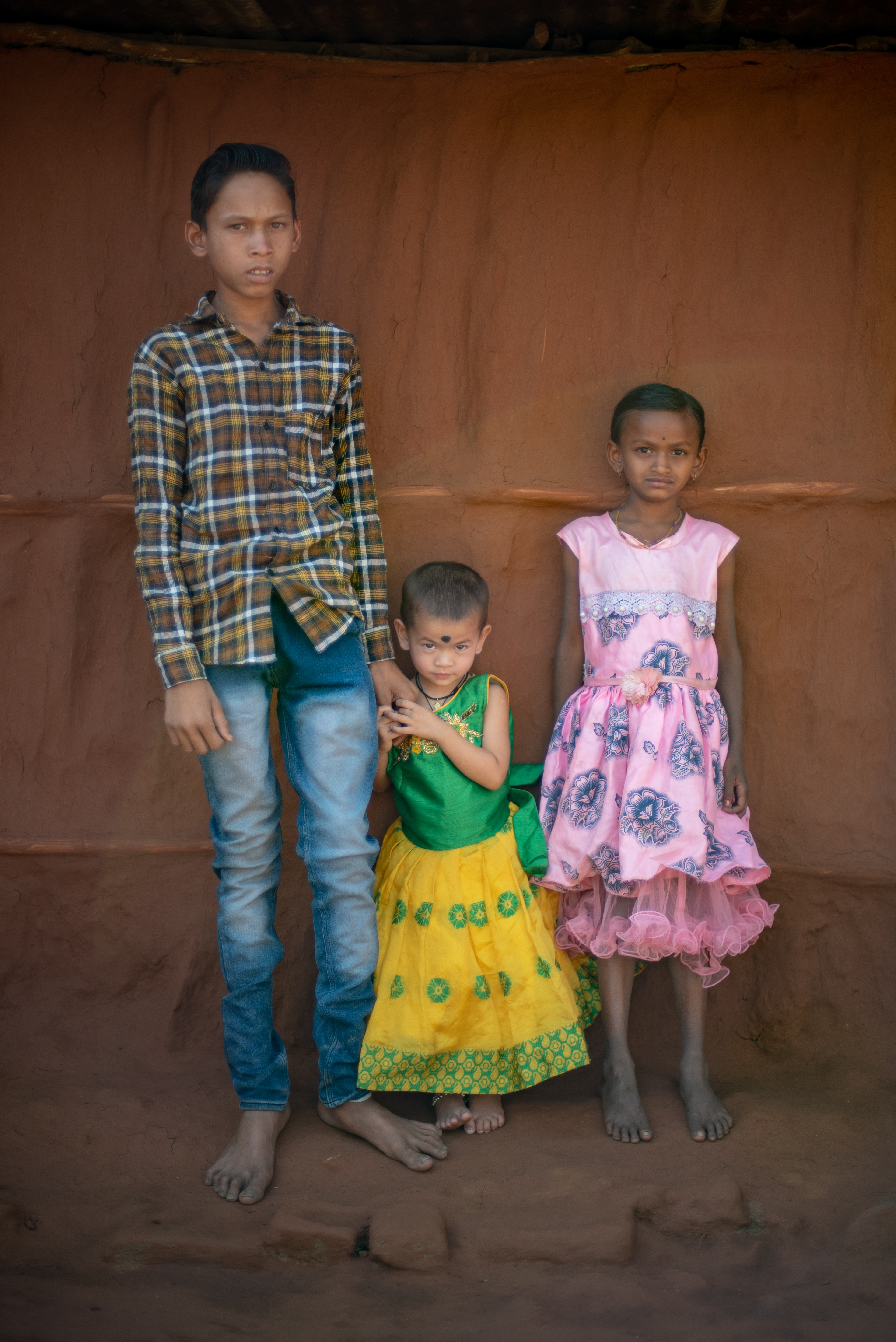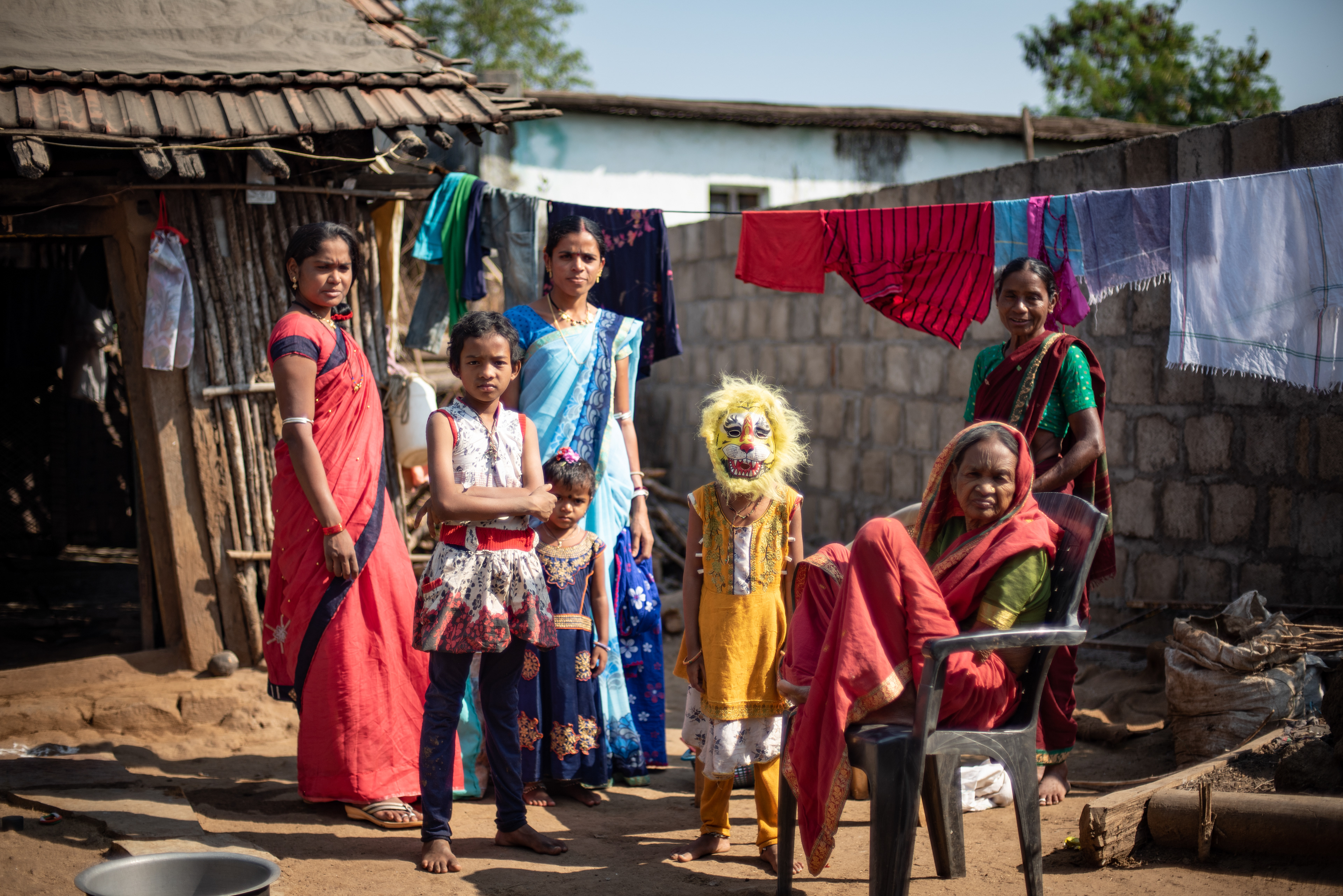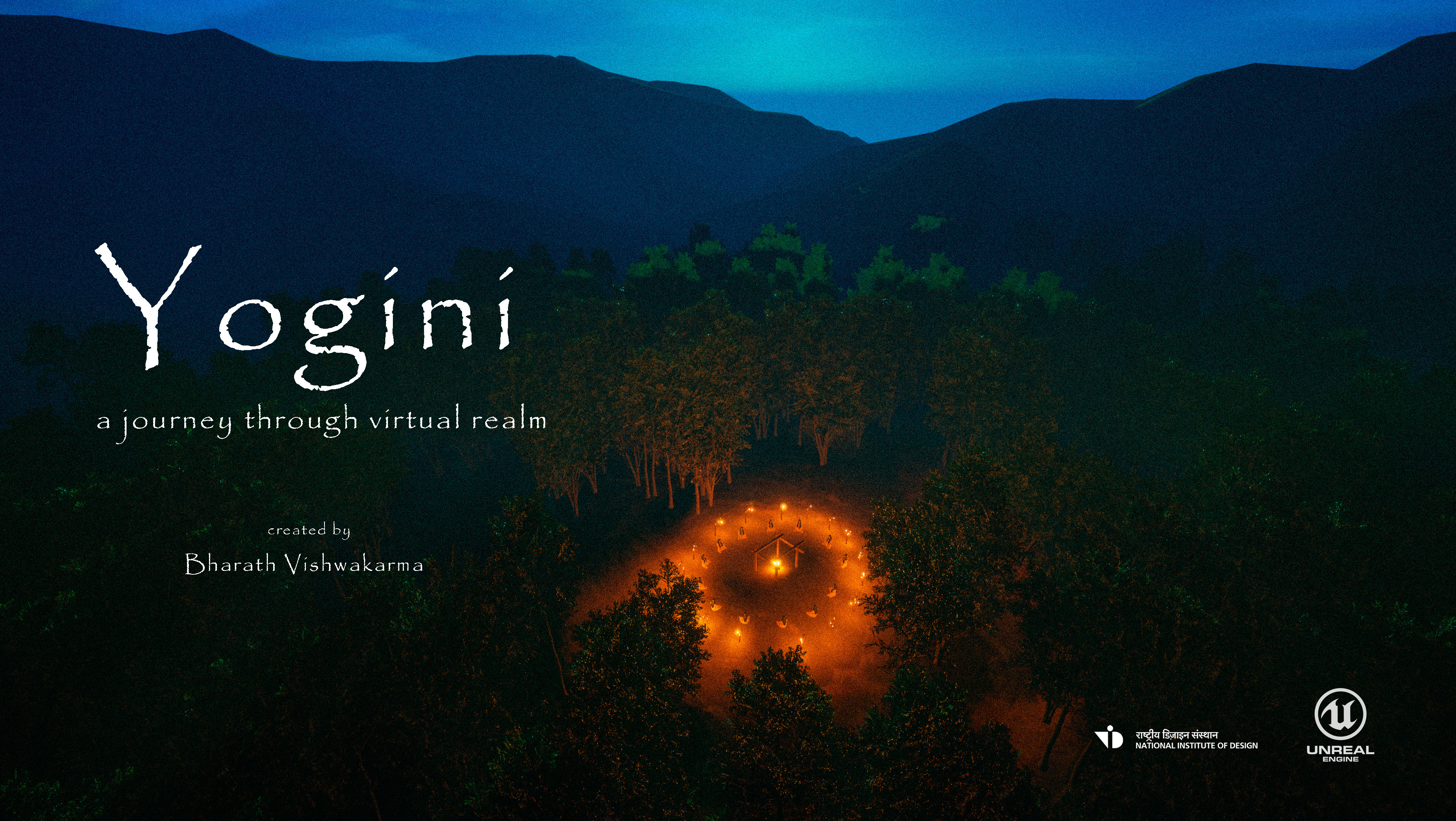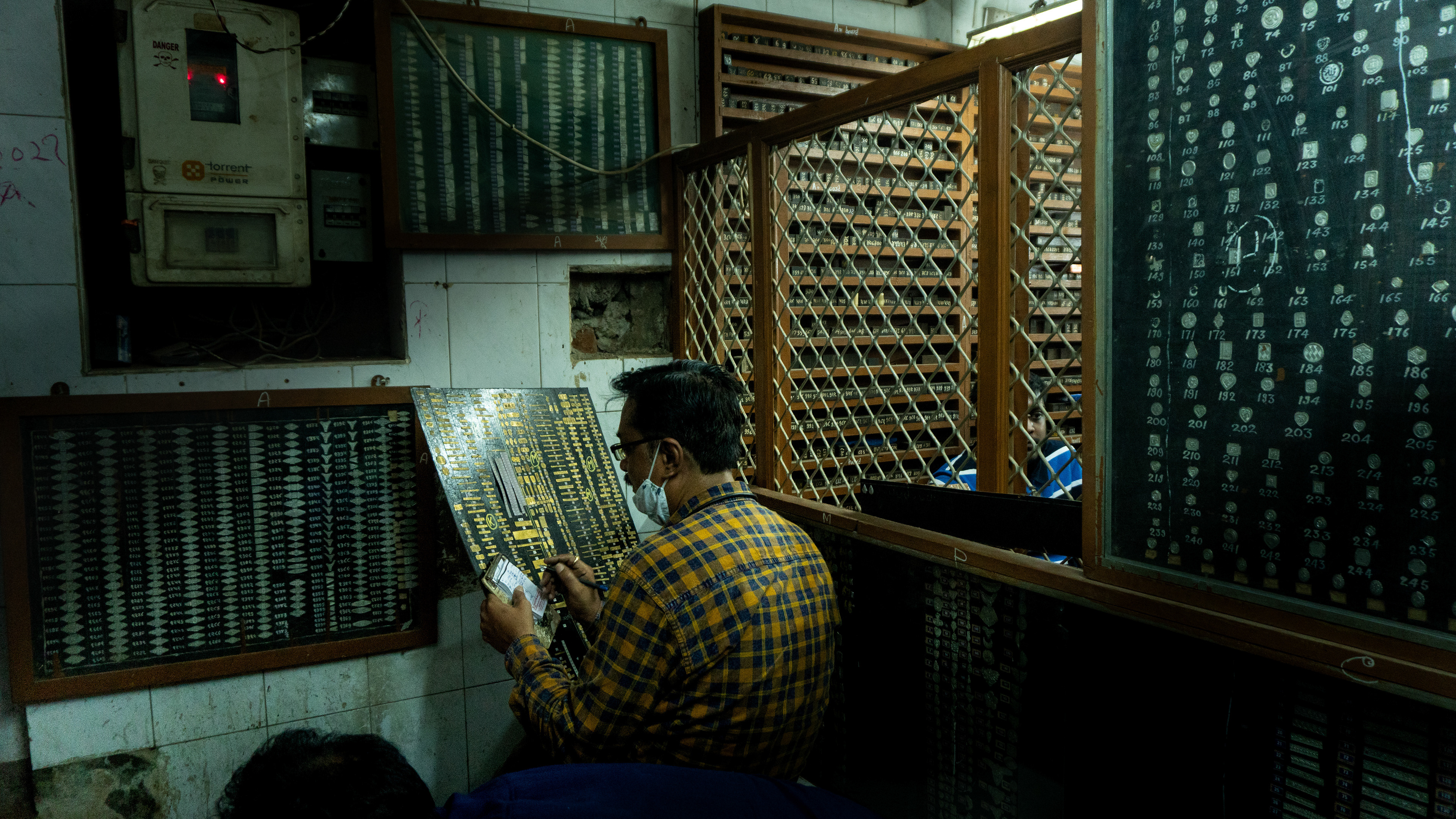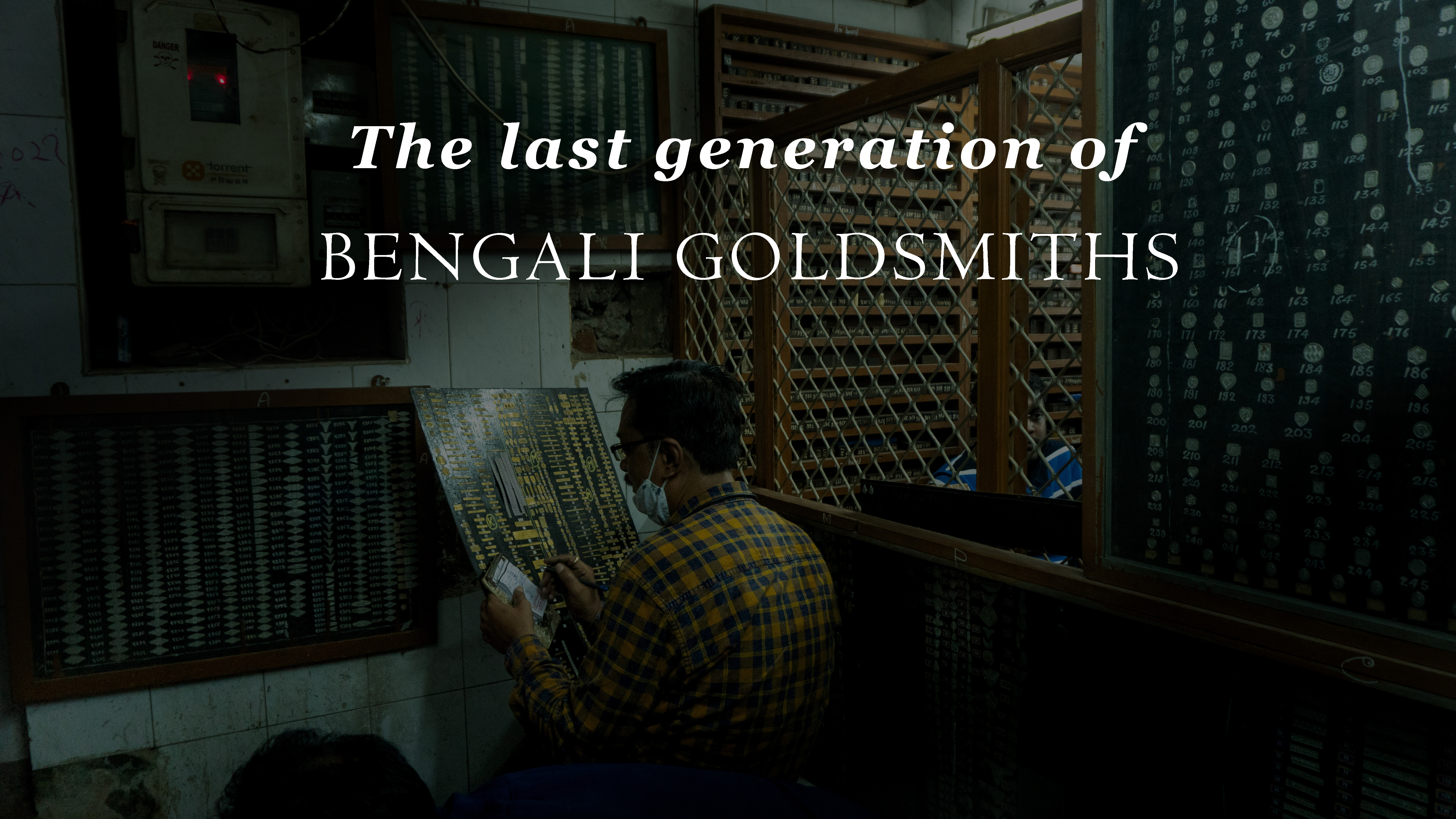Nagoba Jatara is one of the most important Jataras of the Gond and Pardhan tribes of erstwhile Adilabad. The Jatara receives devotees from across Telangana and the adjoining States. Few elder members of the Mesram clan go barefoot to the river Godavari few days before the Jatara, bring holy water and keep it near the Banyan Tree in front of the Nagoba Temple.
Women folk of the Buigota Khandan of Mesram Clan prepare an earthen ‘lingam’ and later make mud balls out of it and arrange them in seven concentric circles one above the other. The mud balls are used to plaster the floor of the Sati shrine on the premises of the Nagoba Temple. The clan priest and village headman prepare seven lumps of mud and decorate them with vermillion paste to make the Sati.
New brides of the clan in white saris come in a procession and enter the Sati shrine and worship the seven miniature stones representing their seven divine ancestors. They are then led by older women to worship the Nagoba, after which they are recognised as full-fledged members of the clan entitled to participate in all socio-religious rituals and rites.
Nagoba has a lengthy legend recited by Pardhan tribal bards in accompaniment of musical instruments for several days. The narration includes many adventures of tribal heroic men and women including long travels to bring rare things, carrying a ‘kalash’ of sacred water of Ganga, observing penance under banyan trees surrounded with anthills, etc. The heirs and predecessors of one Jejkal Dev are said to have passed on the sacred Kalash to their next generations. The Gonds and Pardhans still symbolically observe the legendary practice of worshipping the sacred Kalash kept on the branches of a banyan tree, travelling barefoot for several days to the river Ganga (i.e. Godavari) to fetch sacred water and so on.
